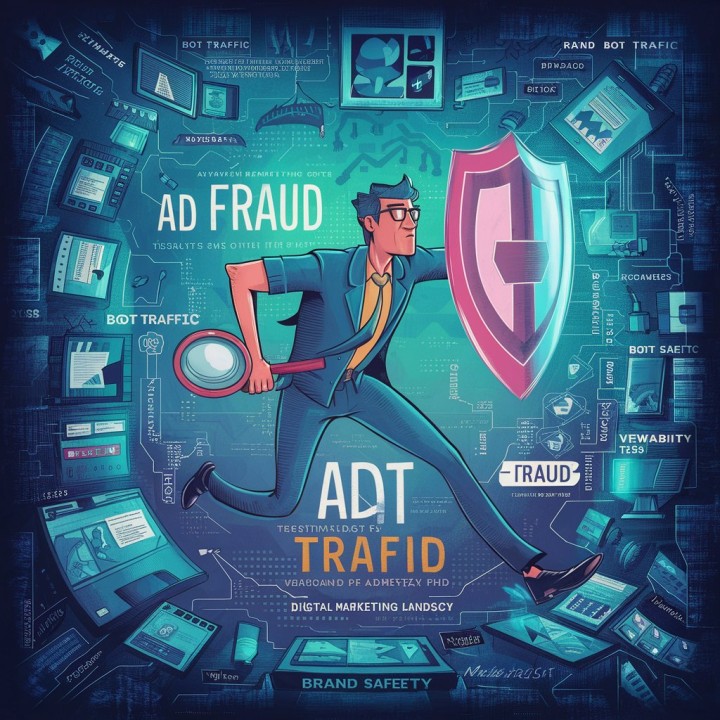Ad fraud has become a pervasive issue in digital advertising, significantly impacting businesses financially and undermining campaign effectiveness. As digital landscapes evolve and ad spending increases, the sophistication of fraudulent activities also advances, making it crucial for businesses to implement robust measures to protect their advertising investments.
Understanding Ad Fraud
Ad fraud refers to various practices by fraudsters aimed at siphoning off advertising budgets. These practices include sophisticated botnets, click fraud, domain spoofing, and ad stacking, among others (Marketing Scoop) (Digital Element). Fraudsters employ tactics such as fake clicks, impression laundering, and traffic spoofing to create the illusion of genuine engagement, thereby draining substantial resources from unsuspecting advertisers.
Economic Impact
The economic ramifications of ad fraud are staggering, with global losses due to ad fraud projected to reach $100 billion by 2023 (Business of Apps). This financial strain affects businesses by inflating the cost-per-acquisition (CPA) and diminishing the return on advertising spend (ROAS), leading to misallocated budgets and skewed marketing strategies (Smart Hub).
Detection and Prevention Strategies
Detecting and mitigating ad fraud requires a combination of advanced technology and strategic planning. Key approaches include:
- Ad Fraud Prevention Software: Utilizing software that employs machine learning to analyze behavior and traffic patterns can help identify and block fraudulent activities (Regalix).
- Performance Monitoring: Regularly reviewing campaign data for irregularities in engagement metrics such as click-through rates and bounce rates can provide early warnings of potential fraud (Learn Hub | G2).
- Domain Blacklisting and Whitelisting: Maintaining lists of known fraudulent and trustworthy domains can prevent ads from being displayed on malicious sites (Digital Element) (Smart Hub).
- Transparent Partner Selection: Collaborating with partners and vendors who are verified and comply with industry standards like those set by the Trustworthy Accountability Group (TAG) can further reduce the risk of ad fraud (Regalix).
Industry Initiatives
Several industry-wide initiatives have been established to combat ad fraud. Organizations like the Interactive Advertising Bureau (IAB) and TAG are at the forefront, offering certifications and guidelines to ensure compliance and promote best practices across the advertising ecosystem (Regalix).
Key Takeaways
- Understand the Threat: Awareness of the different forms and mechanisms of ad fraud is the first step in defending against it.
- Invest in Technology: Advanced detection technologies are essential for identifying and mitigating fraud effectively.
- Monitor and Adapt: Continuous monitoring of advertising metrics and adapting strategies based on real-time data can help minimize exposure to fraud.
- Collaborate and Verify: Working with verified partners and networks can shield your campaigns from prevalent fraud risks.
Read about C-Suite’s Roadmap to Cloud Investment



